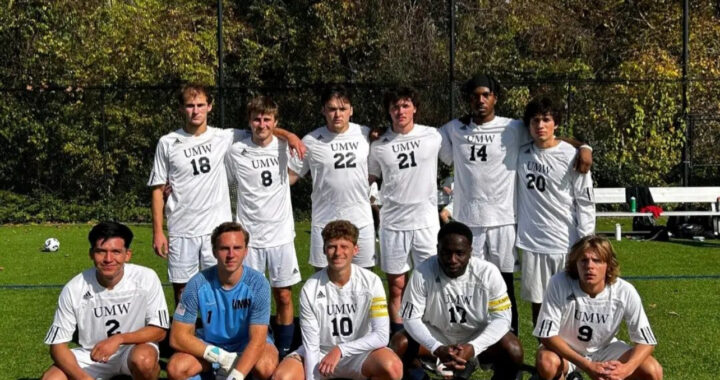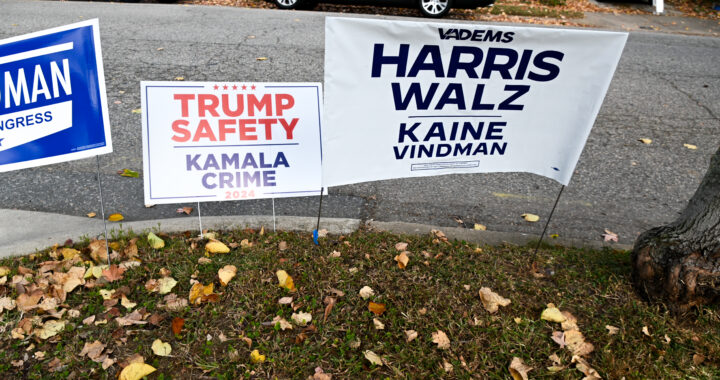Making Narcan more widely available would save lives
4 min read
Narcan needs to be more widely available to the public. Anna Shvets | Pexels.com
CHEYENNE WRAY
Staff writer
Naloxone, a life-saving opioid antagonist typically known as Narcan or Evzio, needs to be more available to the public in the U.S. because its accessibility is necessary in the continued fight against the opioid crisis.
According to CNN, “A review of emergency medical services data from Massachusetts found that when given Narcan, 93.5% of people survived their overdose.” It is easy to use, safe, works within minutes and can be found in many drug distribution sites. So why doesn’t everyone have it in their emergency kit?
The resuscitative opioid antagonist Narcan, is an emergency medication used to reverse the effects of an overdose by opioids. It is administered either intranasally or intramuscularly, and it is one of the most successful and effective in recent studies.
Some states have passed orders that authorize more people to administer Narcan, but barriers against harm reduction still stand in the way. In some cases, life insurance companies have denied service to citizens because they carry Narcan. According to an article from WBUR, Boston’s NPR news station, a Boston nurse was denied life insurance coverage because she carried Narcan. Even though the Massachusetts Health Department had instituted a standing order for Narcan, which acted as one prescription for everyone in the state, the insurance company asked her for a prescription from her doctor explaining that she only has it to help other people and not because she is a drug user herself. Life insurance companies who follow this same policy hinder people who may need the drug or who just want to have it in their first aid kit.
Recent orders by the Virginia Department of Health have expanded the previous list of personnel authorized to give Narcan to a person suffering from an overdose to include people such as pharmacists, emergency service personnel, law enforcement officers and school nurses, to name a few. However, pharmacies still make the final decision to determine who is authorized to administer Narcan. Many pharmacies have still not recognized the standing order or have no knowledge of it, according to an article by The Virginian-Pilot in which some pharmacists stated that citizens still need a prescription or could only purchase it with proof of emergency or proof of opioid prescription. This limits the number of people who can administer Narcan and potentially save lives.
Increasing the standing order to include the general public, as well as informing the public of the benefits and usage of Narcan, would help save many more lives. Public knowledge of CPR has proven effective in initiating life-saving measures prior to EMS arrival, and Narcan use should be just as known to the public.
Opioids are medications used primarily to reduce pain. They include classic prescription drugs OxyContin and fentanyl and street drugs like heroin. These drugs are highly effective, addictive and can be fatal.
According to the CDC, opioid overdoses caused over 75,000 deaths last year in the U.S. alone, and the National Center for Drug Abuse Statistics reported that “pharmacies fill 153 million opioid prescriptions in a year.” With the U.S. census indicating that the population of the entire United States was about 330 million in 2019, these statistics put the opioid crisis into perspective.
According to Opiates.net, “It is estimated that 1 in 4 college universities have an opioid and opiate abuse rate above 10%.” Hundreds of thousands of college students are affected by opioid abuse on their campuses. At UMW, there are resources available through Eagles in Recovery, a program that supports students through their recovery as they continue their pursuit of a higher education. However, there is more to be done, including making Narcan available to the public.
“In today’s environment, in which opioid overdoses are becoming more prevalent, Narcan training is something that every individual should consider acquiring, just like CPR and other emergency intervention skills,” said Ray Tuttle, chair of Eagles in Recovery. “UMW has offered it in the past and we hope that it will be offered again in the near future.”
According to a 2018 study, however, “Naloxone access may unintentionally increase opioid abuse through two channels: (1) reducing the risk of death per use, thereby making riskier opioid use more appealing, and (2) saving the lives of active drug users, who survive to continue abusing opioids.” The study also states that this intervention does not address the underlying issue of drug abuse and addiction.
In response to the study above, April Wynn, associate professor of biology at UMW, stated, “Will there be rare cases where it could cause more risky behavior – sure, but in small numbers. Folks that want to engage in risky behaviors are not likely to stop and think through the risk evaluation with and without Narcan to determine what actions they will take. They are likely to take action and having additional tools at others’ disposal to render aid is important.”
Narcan is by no means a miracle drug; individuals who overdose on opioids still need emergency care. Instead, Narcan is simply an initial emergency intervention, similar to an Epi-Pen for those with severe allergies.
While public availability of Narcan does not address the underlying issues surrounding drug abuse and addiction, it can still save lives and create public awareness while other efforts are made to successfully solve the drug crisis overall.


